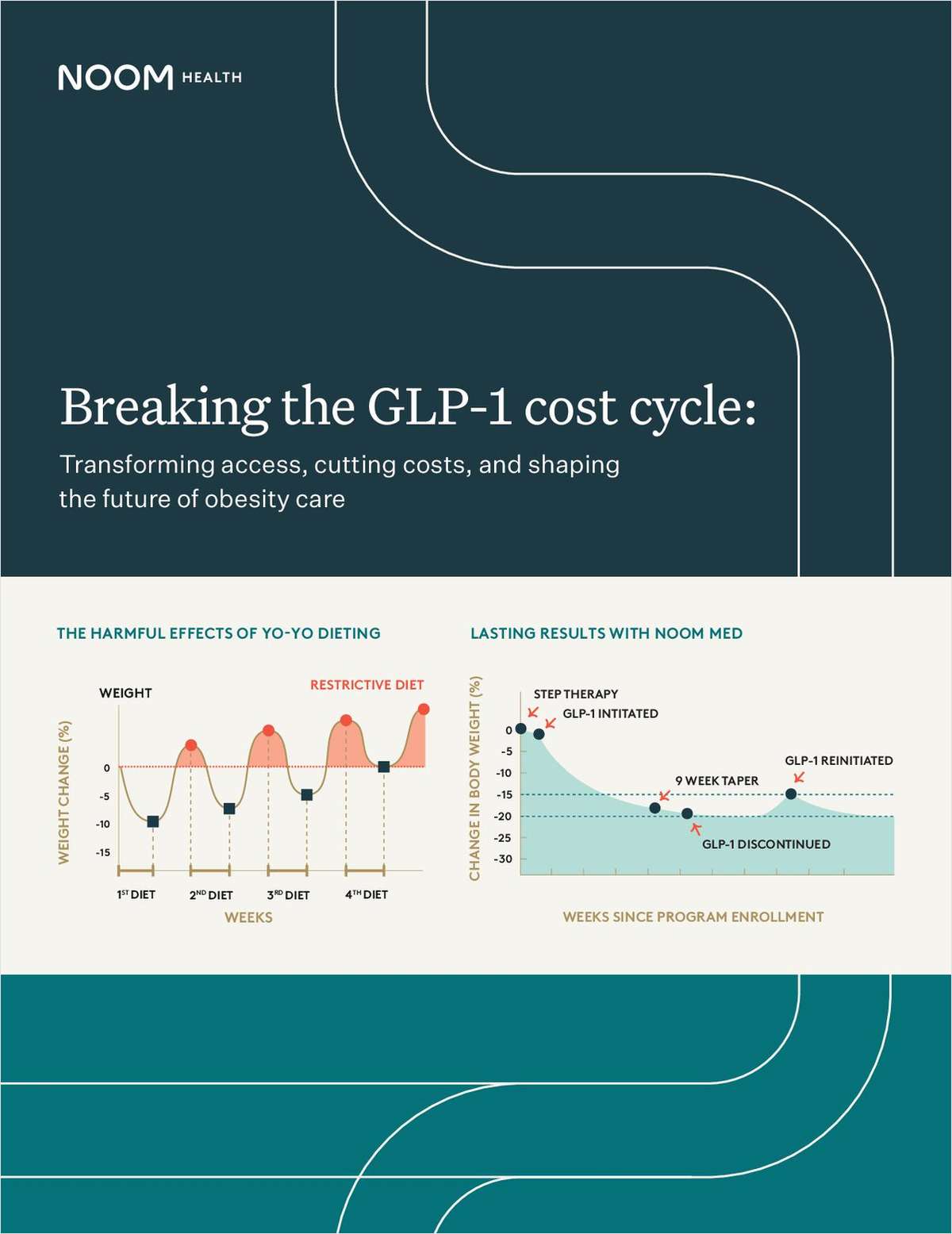Despite the cattle-calls from the mainstream media and the trumpeting of industry self-interests, a newly ordained “solution” to the so-called “retirement crisis” runs counter to the motives of firms that shifted their retirement plan emphasis from the defined benefit arena to the defined contribution world – and it has regulators shaking their heads.
There are plenty of solid reasons plan sponsors are moving slowly when it comes to incorporating Longevity Annuities into their 401k option menu (see “Why Longevity Annuities aren’t as Popular with 401k Fiduciaries as Regulators Think,” FiduciaryNews.com, December 9, 2014). But the real reason harks back to their primary motive for moving their retirement benefit programs into 401(k) plans in the first place.
Much has been made of the hype suggesting we have a “retirement crisis” on our hands. Pundits make it sound like this is a new thing. In truth, the real problem with our retirement system began in the mid-1960s when companies realized longer life expectancies made it difficult for them to satisfy their pension liabilities. Congress passed ERISA a decade later in hopes to address these concerns and save pensions. By the early 1980s, it became apparent there was a better alternative for companies and their employees – the 401(k) plan.
For the older crowd, they could count on Social Security, their pension (at least the few who qualified), and this new jewel, the 401(k). These three facets were known as the Holy Trinity of retirement. These are the folks who today are cruising in retirement (at least the few whose companies are still around to pay the promised pension). For the younger crowd (remember, we’re still referring to the 1980s), 401(k) plans represented an excellent long-term opportunity to easily unshackle themselves and their retirement from both their company and the government (since, by 1983, it became clear Social Security was a time bomb waiting to happen). They could count on market-like returns for a lifetime of work. These are the people today who are poised to retire in luxury (more so than their company/Social Security dependent parents), but only if they didn’t make the fatal mistake many early 401(k) investors made.
A funny thing happened when we gave employees the latitude to invest their own retirement savings. They invariably chose the wrong investment – the fixed income option. Financial professionals , regulators and legislators all knew these naïve investors were speeding towards a brick wall. In order to avert this crisis, Congress passed the Pension Protection Act in 2006, making it easier for companies to automatically invest employee’s assets in more appropriate long-term portfolios. This law also made it easier for employees to focus on saving by forgetting about investment choices and going with the default option.
This sounded great, but the financial crisis immediately intervened. The effectively erased two to four years of growth in many peoples’ retirement accounts. For those who had the unfortunate luck to be fully invested and hit their retirement age during the 2008/09 market debacle, it was a grizzly sight. They did experience an actual retirement crisis as the markets prevented them from carrying out their original retirement plans. It was worse if they bet the farm on real estate. Of course, those who did the smart thing and accumulated two years of post-retirement savings in cash left the scene unscathed.
Nonetheless, despite these three possible scenarios, the media, opportunistic politicians, and self-interested financial product sellers created a misleading “retirement crisis” meme that has trumped all other economic meme. (For example, we are currently in the midst of a devastating employment crisis, yet the talking heads would rather quote the irrelevant “unemployment rate” number instead of the terrible “total employment” number.)
All this clamoring finally produced the intended result, with regulators this past summer “for the first time” allowing retirement plan sponsors to place “Longevity Annuities” as an option on their plan’s investment menu. This is essentially a form of insurance that gives the owner a guaranteed income once he lives past a certain age. In theory, this averts the “retirement crisis.” In reality it does nothing. This type of insurance (or annuity) has always been an option for workers – both upon retirement and during retirement. That they often chose not to avail themselves of this option is the stuff of behavioral finance research papers (hence, to voluminous to describe here).
Placing these products will do only one thing for plan sponsors – it will increase their fiduciary liability. Some might say no, but, let’s be honest. Who’s responsible for selecting these products? The plan sponsor. Since they aren’t technically investment products (they’re more like another plan service provider), it’s difficult to make the case their selection falls within the jurisdiction of a 3(38) fiduciary. And since the plan sponsor is responsible for selecting these products, who will be held liable when the insurance company fails to deliver the promised benefit? Again, the plan sponsor.
Plan sponsors long ago left the defined benefit world in order to reduce their liability. Since employees have always had the opportunity to purchase annuities directly from insurance companies, what’s the value to the plan sponsor to insert themselves smack dab in the middle of a transaction they have no interest in? And, since the company has no interest in this transaction, as fiduciary to their corporation (remember, they’re just not fiduciaries to employees), why would they ever want to throw this bundle of dynamite into a company sponsored retirement plan?
Complete your profile to continue reading and get FREE access to BenefitsPRO, part of your ALM digital membership.
Your access to unlimited BenefitsPRO content isn’t changing.
Once you are an ALM digital member, you’ll receive:
- Breaking benefits news and analysis, on-site and via our newsletters and custom alerts
- Educational webcasts, white papers, and ebooks from industry thought leaders
- Critical converage of the property casualty insurance and financial advisory markets on our other ALM sites, PropertyCasualty360 and ThinkAdvisor
Already have an account? Sign In Now
© 2025 ALM Global, LLC, All Rights Reserved. Request academic re-use from www.copyright.com. All other uses, submit a request to [email protected]. For more information visit Asset & Logo Licensing.








